Boston’s historic neighborhoods offer a unique blend of colonial charm, revolutionary history, and modern vibrancy, making them perfect for exploring on foot. Each district tells its story through preserved architecture, historic landmarks, and vibrant local culture.
Whether you’re a history buff, architecture enthusiast, or someone who enjoys discovering hidden gems, these walkable neighborhoods provide an intimate glimpse into Boston’s rich heritage.
Beacon Hill (Central Boston)
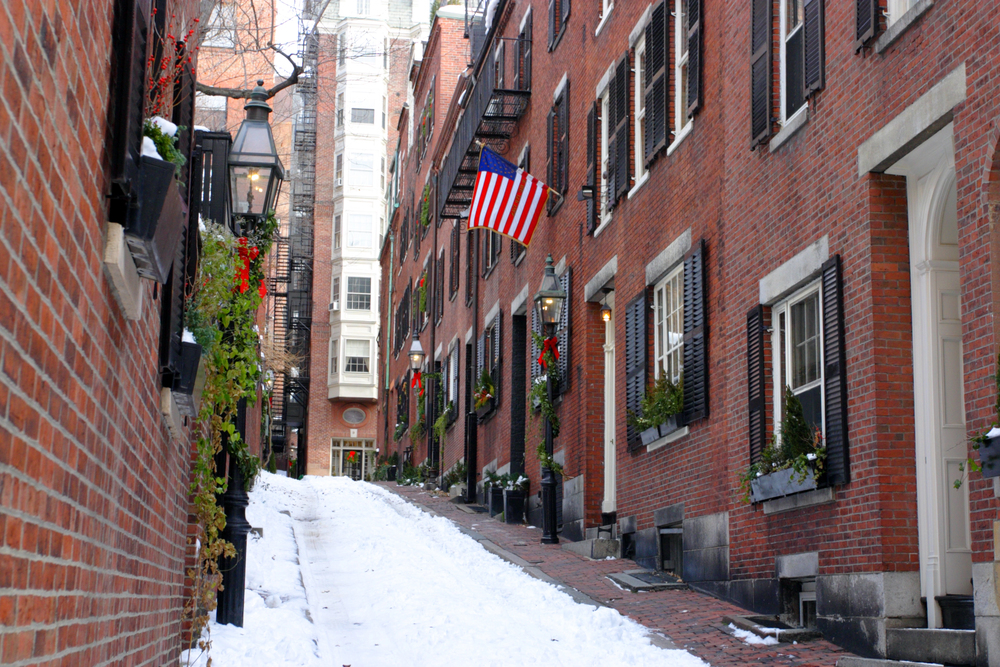
Beacon Hill’s iconic gas lamps and brick row houses create an atmosphere that transports visitors to 19th-century Boston. The neighborhood’s narrow cobblestone streets are lined with perfectly preserved Federal-style architecture and hidden gardens.
Acorn Street, often called ‘America’s most photographed street,’ exemplifies the quintessential charm that makes this area a must-visit destination. The Massachusetts State House’s golden dome is a magnificent beacon overlooking this historic district.
North End (Waterfront)
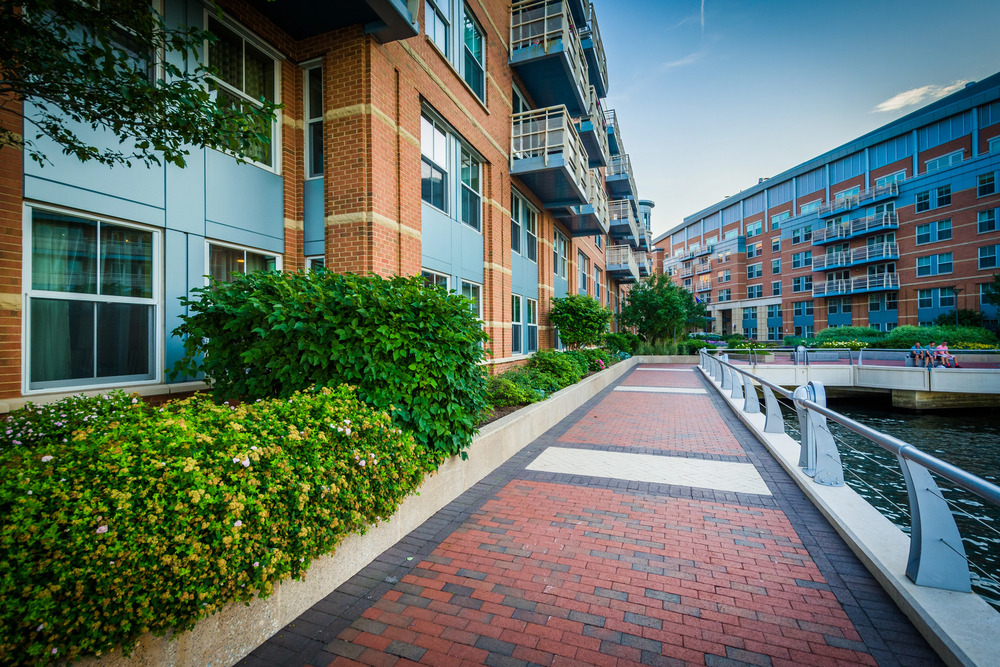
The North End’s winding streets echo over three centuries of Italian-American heritage and revolutionary history. Paul Revere’s house is the oldest remaining structure in downtown Boston, drawing history enthusiasts year-round.
The aroma of fresh-baked bread and espresso wafts from family-owned cafes that have operated for generations. The neighborhood’s position along the Freedom Trail makes it an essential stop for understanding Boston’s role in American independence.
Like Travel Pug’s content? Follow us on MSN.
Back Bay (Western Boston)
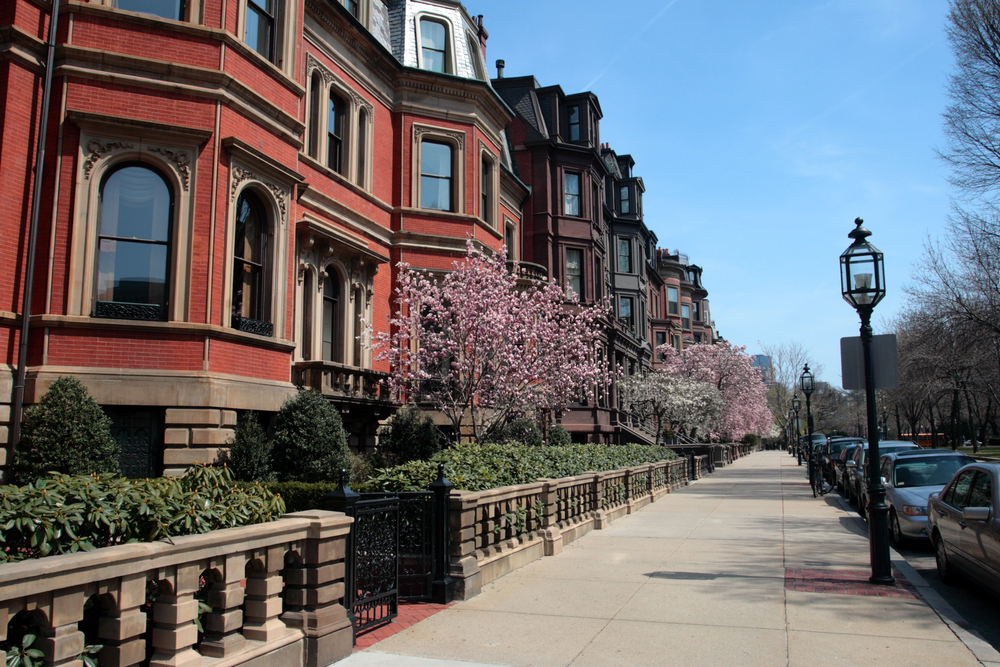
Back Bay showcases some of the finest Victorian brownstone architecture in America, all built on land reclaimed from the Charles River in the 1800s. Commonwealth Avenue’s wide boulevard, inspired by Parisian design, features a tree-lined mall that creates a perfect promenade.
The neighborhood’s grid layout makes it exceptionally walkable and easy to navigate. Fashionable Newbury Street draws visitors with its high-end boutiques housed in historic buildings.
South End (South Boston)
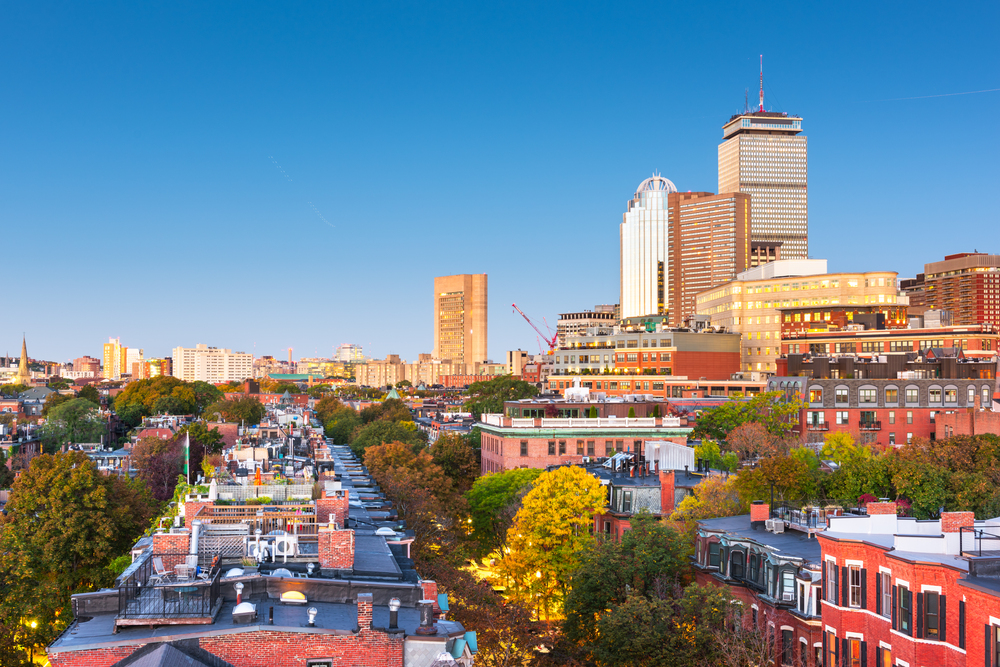
The South End boasts the largest intact Victorian row house district in the United States, featuring distinctive bowfront architecture. Local artists have transformed many of the neighborhood’s former factories into galleries and studio spaces.
The area’s trendy restaurants and cafes occupy historic buildings that once housed Boston’s working class. Beautiful community gardens punctuate the streetscape, providing green oases amid the urban setting.
Charlestown (North Boston)
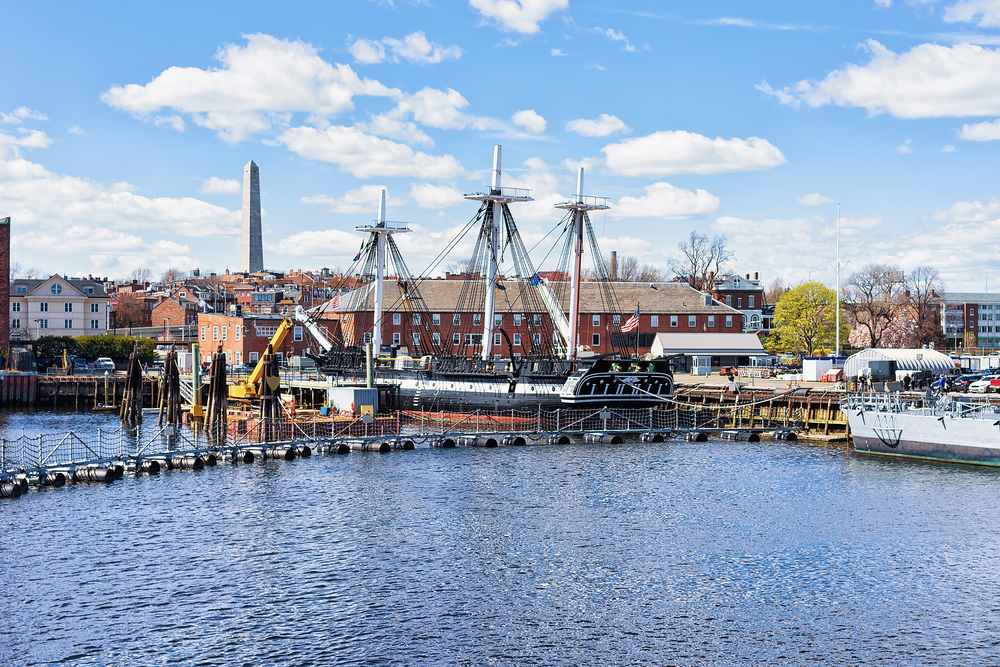
Charlestown’s naval heritage comes alive through the USS Constitution and the Charlestown Navy Yard. The neighborhood’s steep hills offer spectacular views of the Boston skyline and harbor.
The Bunker Hill Monument is a testament to one of the Revolution’s most famous battles. Historic taverns and maritime buildings tell stories of the area’s working-class roots and revolutionary significance.
Like Travel Pug’s content? Follow us on MSN.
Bay Village (Downtown)
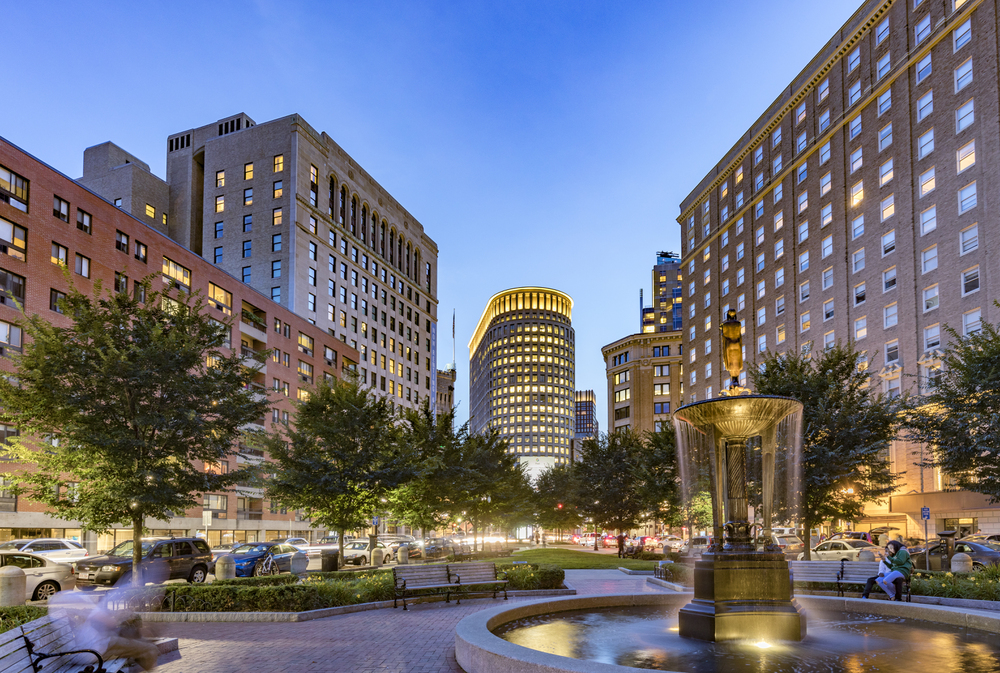
Bay Village’s intimate scale makes it feel like a small European village transported to the heart of Boston. The craftsmen who constructed Beacon Hill’s mansions built the neighborhood’s Federal-style row houses.
Gas street lamps and brick sidewalks create an atmospheric setting for evening strolls. The area’s history as an entertainment district lives on through its preserved theater buildings.
Fort Point (Seaport)
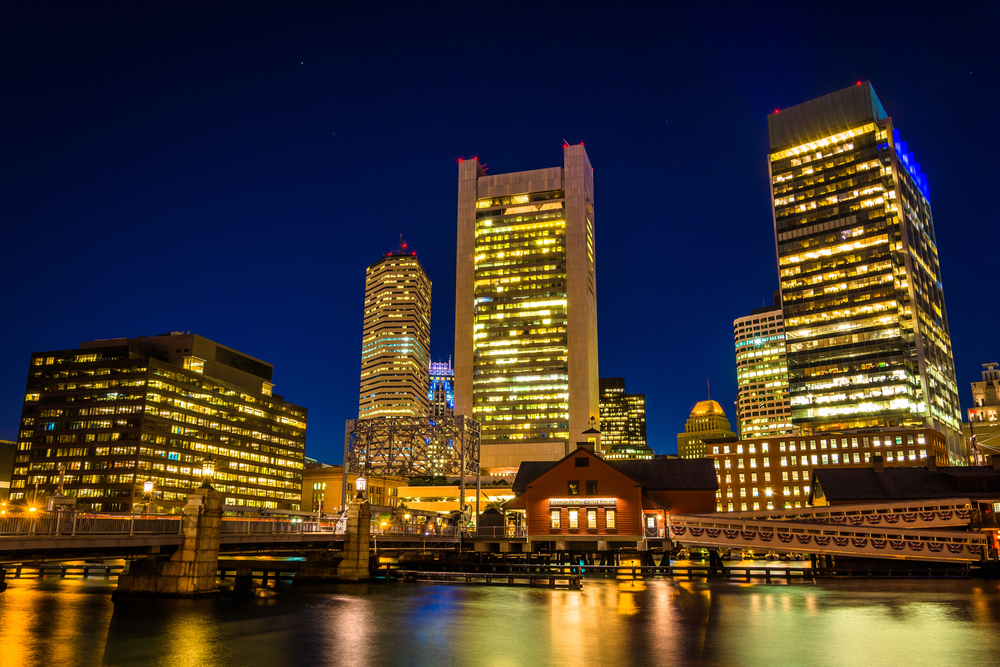
Fort Point’s converted warehouses along the harbor are monuments to Boston’s industrial past. The neighborhood’s artists’ community has transformed former wool warehouses into galleries and living spaces.
Historic bridges connect the district to downtown, offering dramatic channel views. The Boston Tea Party Ships & Museum anchors the area’s revolutionary significance.
West End (North Station)
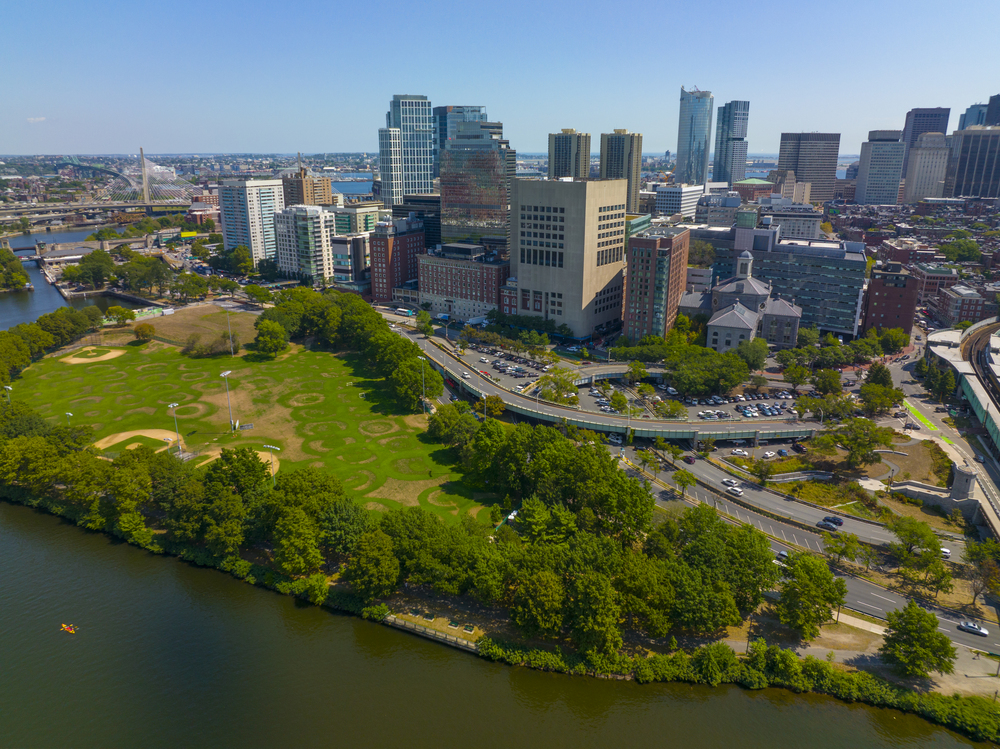
The West End is a complex testament to mid-20th century urban renewal that dramatically transformed the original neighborhood. While the Old West Church and several other historic structures survived, much of the area’s immigrant community and 19th-century architecture was lost to 1950s redevelopment.
The Leonard P. Zakim Bunker Hill Bridge now towers over a landscape of modern apartments and medical facilities. The West End Museum preserves the memory of the displaced community and its vibrant multicultural neighborhood.
Like Travel Pug’s content? Follow us on MSN.
Fenway-Kenmore (Western Boston)
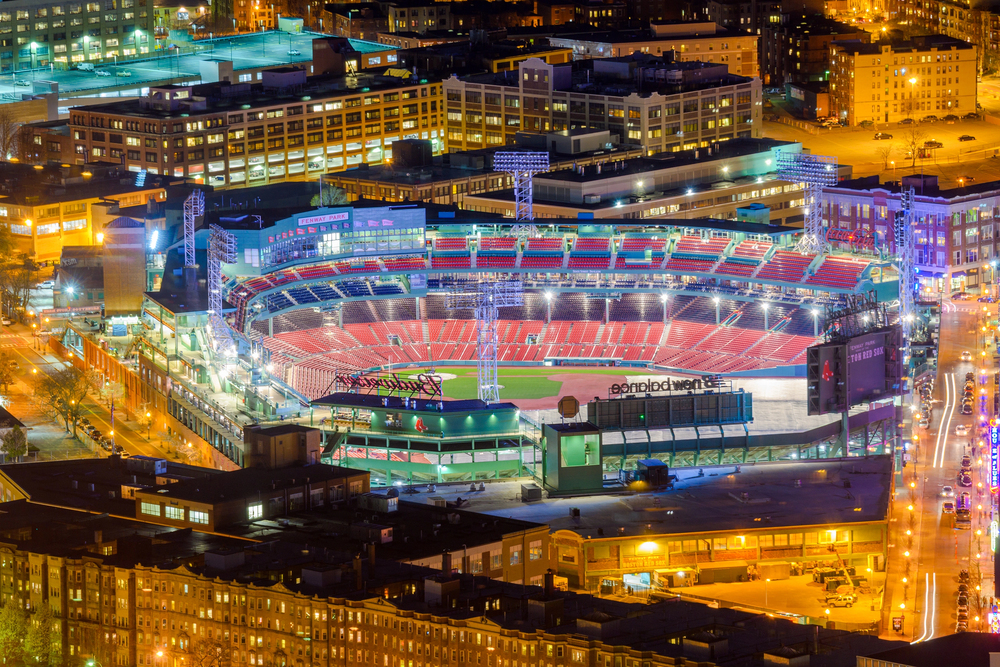
Fenway-Kenmore blends sports history with cultural institutions along the Emerald Necklace Parkway. The neighborhood’s Back Bay Fens showcase Frederick Law Olmsted’s landscape architecture genius.
Historic brownstones line the streets leading to Fenway Park, baseball’s oldest active stadium. The area’s museums and educational institutions occupy beautifully preserved buildings from the early 20th century.
Roxbury Highlands (Southwest Boston)
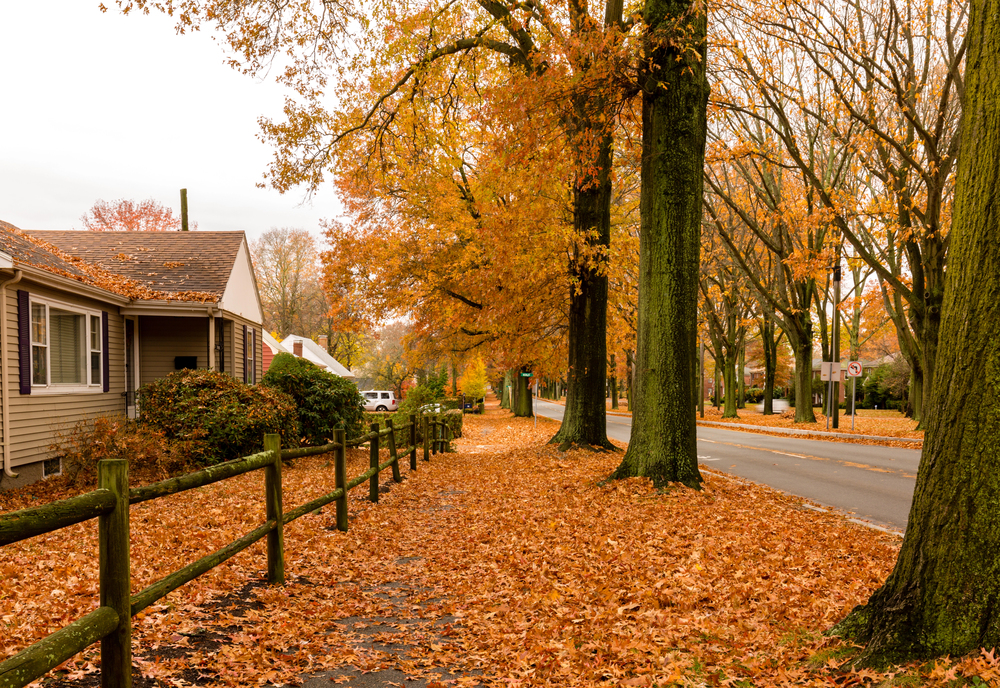
The Roxbury Highlands features some of Boston’s finest examples of Greek Revival and Gothic Revival architecture. Historic Fort Hill reminds visitors of the area’s revolutionary significance.
The neighborhood’s Victorian mansions tell stories of 19th-century Boston’s merchant class. Puddingstone outcroppings provide a unique geological backdrop to the historic streetscape.
Jamaica Plain (Southwest Boston)
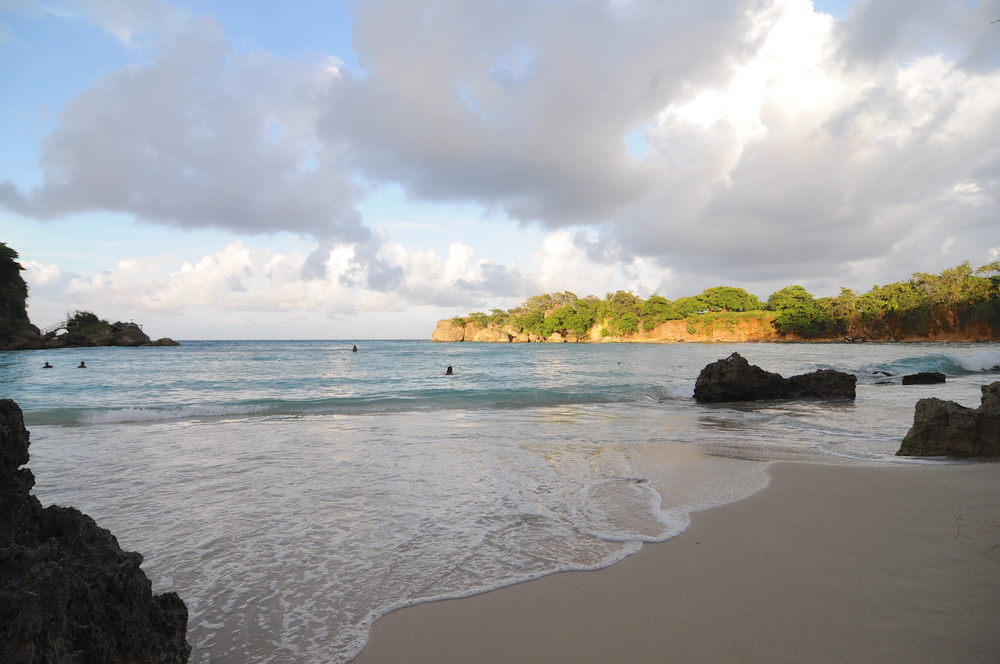
Jamaica Plain’s historic homes surround Jamaica Pond, part of Olmsted’s Emerald Necklace park system. The neighborhood’s brewery complex and preserved architecture represent Boston’s industrial heritage.
Victorian mansions along Sumner Hill showcase the area’s 19th-century prosperity. The Arnold Arboretum provides a historic landscape for scientific study and public enjoyment.
Like Travel Pug’s content? Follow us on MSN.
Ashmont Hill (Dorchester)
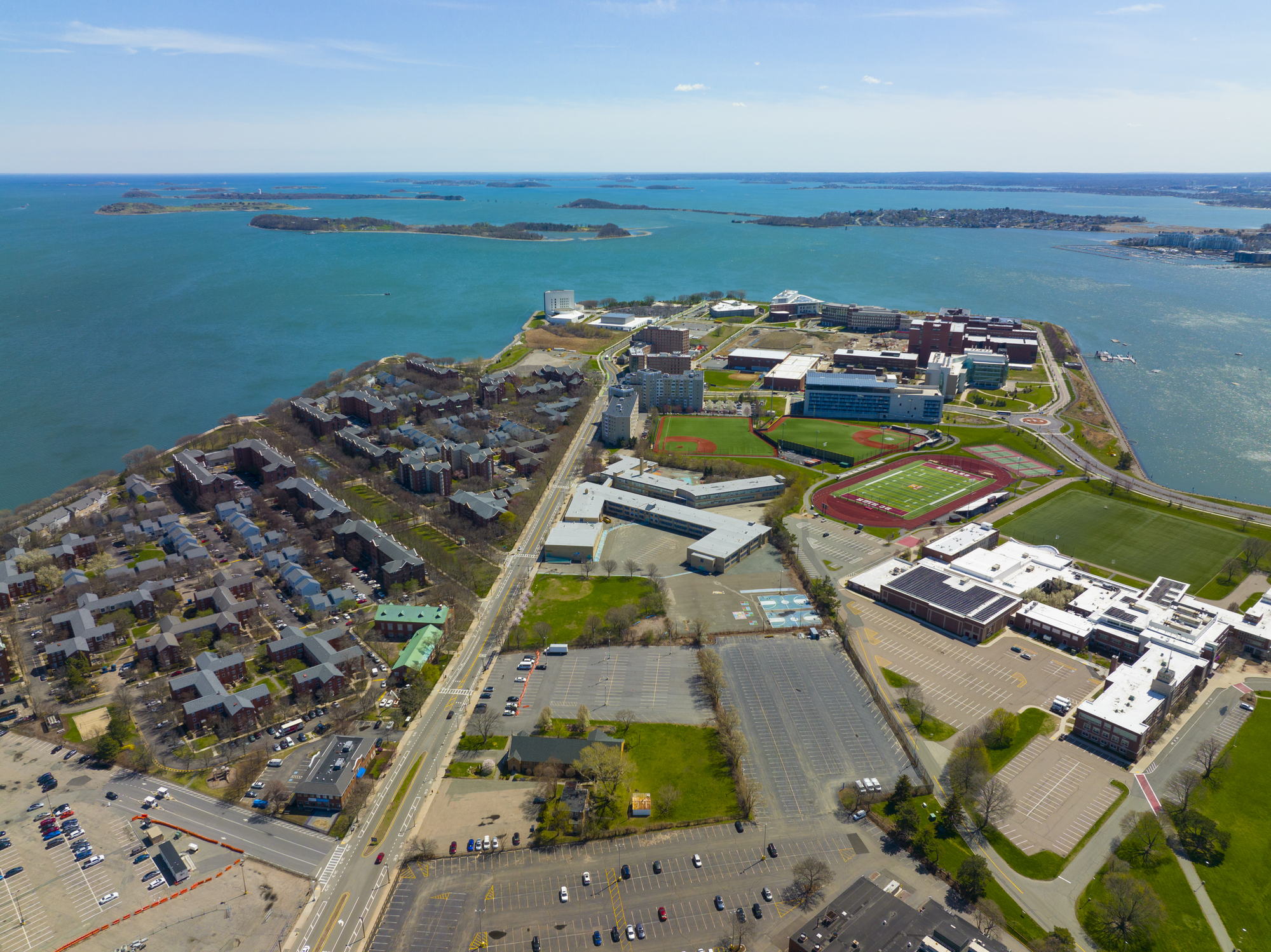
Ashmont Hill’s collection of Victorian houses represents a preserved suburban ideal from the 1880s. The neighborhood’s architectural styles range from Queen Anne to Stick Style, creating a diverse historic landscape.
Stone walls and mature trees line streets that follow the natural topography. The area’s historic train station continues to serve as a transportation hub for the community.
Meeting House Hill (Dorchester)
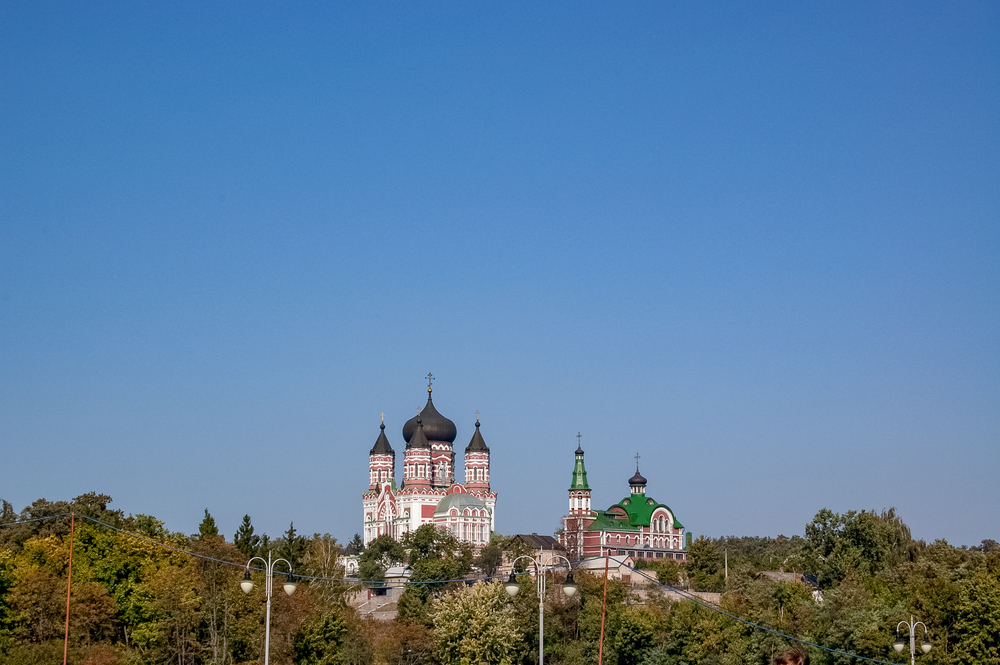
Meeting House Hill centers around First Parish Church, Dorchester’s oldest public building. The neighborhood’s historic homes represent various architectural styles from the 18th and 19th centuries.
Views of Dorchester Bay remind visitors of the area’s maritime heritage, and the community’s historic green spaces preserve the original village character.
Eagle Hill (East Boston)
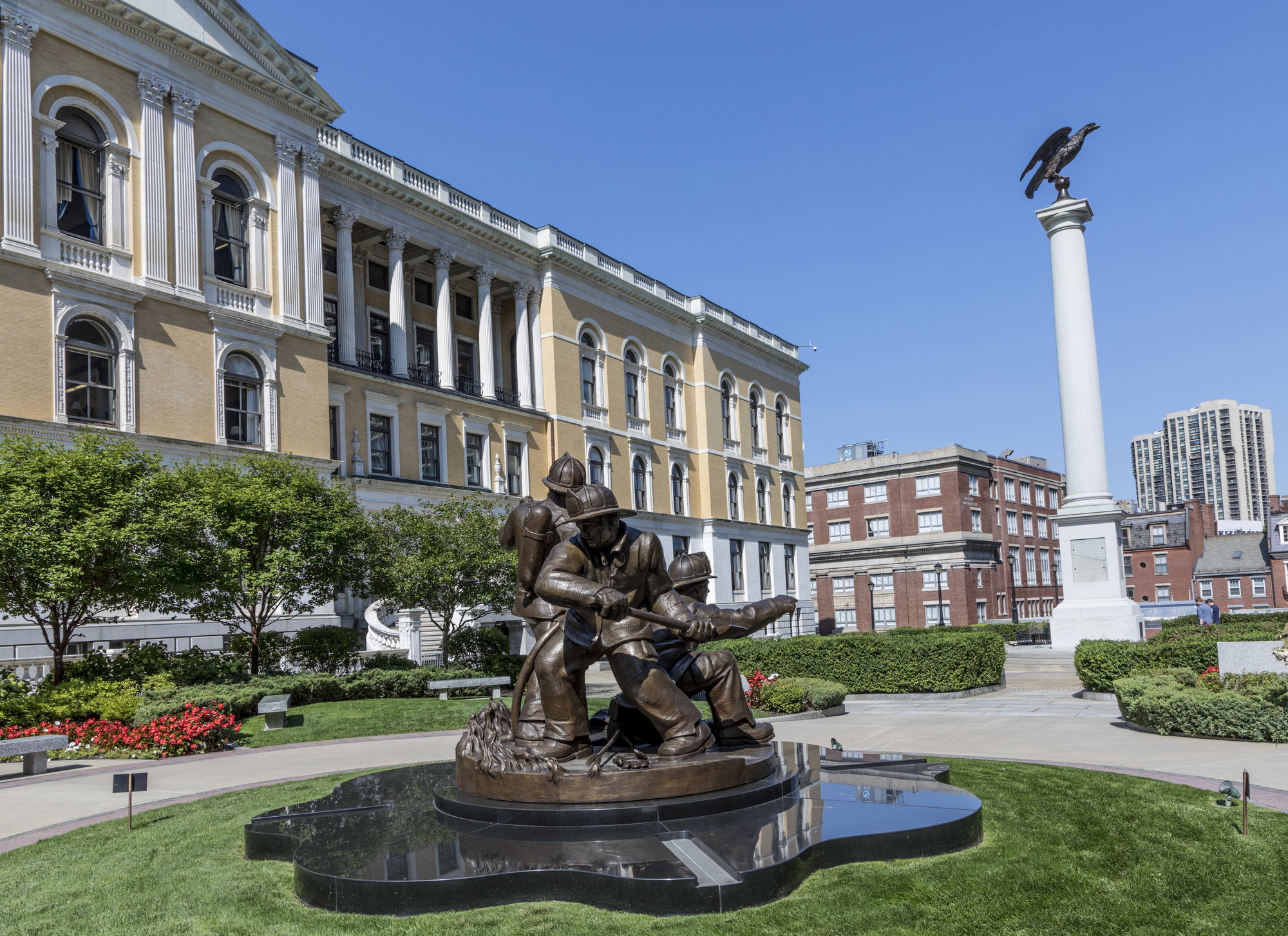
Eagle Hill’s historic homes offer panoramic views of Boston Harbor and the downtown skyline. The neighborhood’s immigration history comes alive through preserved religious buildings and community centers. Maritime industries shaped the area’s development, visible in historic waterfront structures. The East Boston Greenway connects historic sites through a linear park system.
Like Travel Pug’s content? Follow us on MSN.
Powder House Square (Somerville)
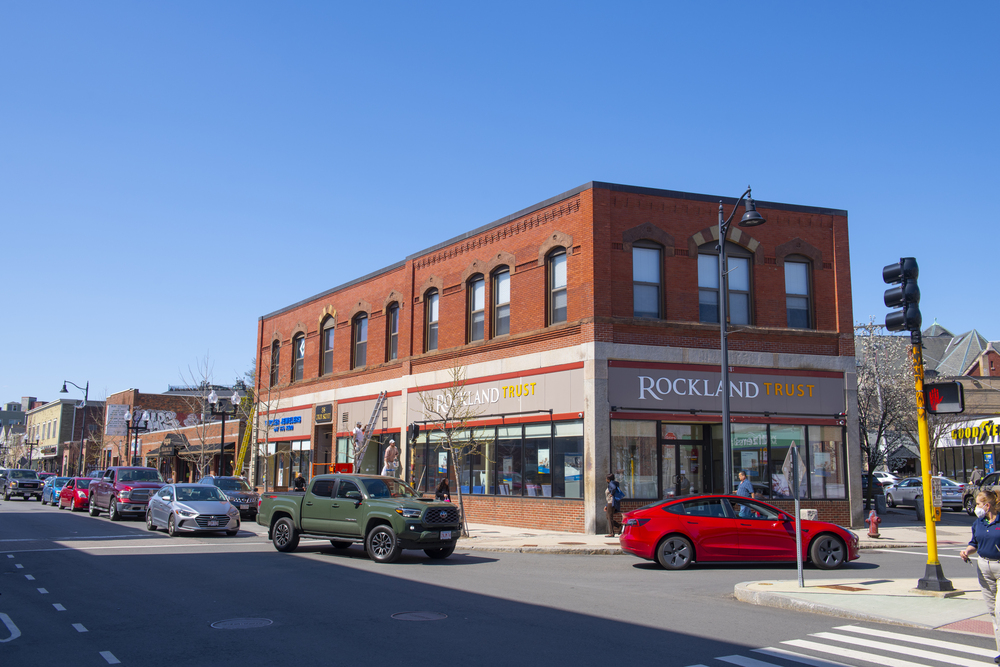
Powder House Square’s revolutionary history centers around its iconic round stone tower. The neighborhood’s development patterns reflect early streetcar suburb planning principles.
Historic homes represent architectural styles from Federal to Queen Anne. Tufts University’s historic buildings provide a backdrop to the neighborhood’s preserved character.
Exploring Boston’s Living History
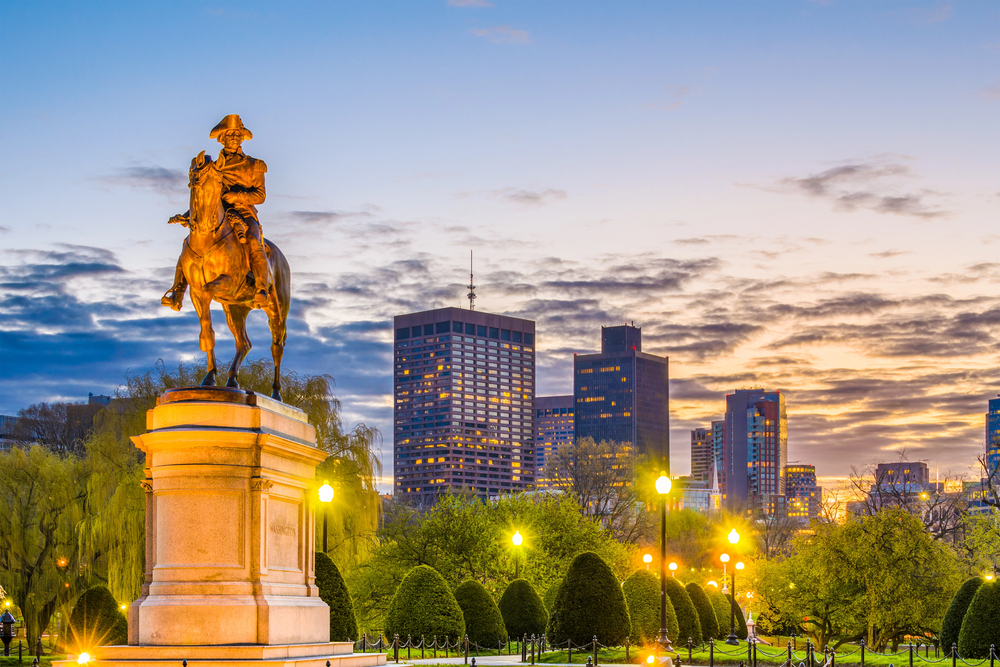
These fifteen neighborhoods showcase Boston’s remarkable preservation of American history through their architecture, streetscapes, and community spirit. Each district offers unique perspectives on the city’s development from colonial times to the present.
Whether you’re interested in revolutionary sites and architectural treasures or simply want to experience the atmosphere of historic Boston, these neighborhoods reward curious visitors with their authentic character and countless stories.
More from Travel Pug

- 15 Dangerous European Cities to Avoid
- 15 Caribbean Islands Where Tourists Keep Getting Scammed
- The 20 Most Fascinating Abandoned Places: A Journey Through Time and Forgotten Spaces
- 15 Hidden Places in the Smithsonian Museums Locals Love: A Guide to Lesser-Known Treasures
- 16 Hidden Florida Beach Towns That Aren’t Overrun with Tourists
Like Travel Pug’s content? Follow us on MSN.
